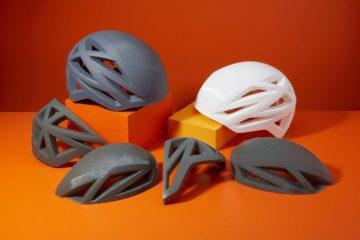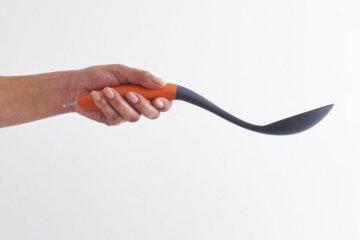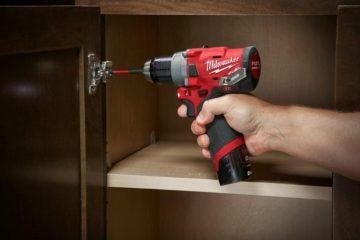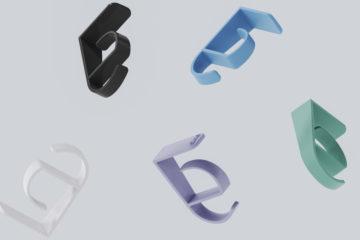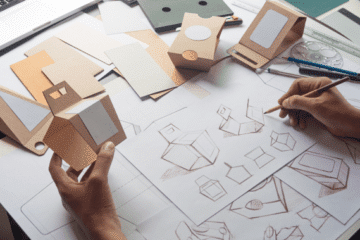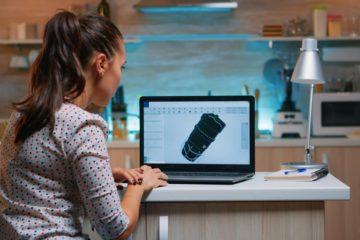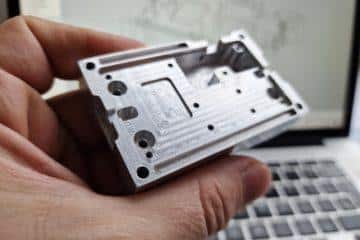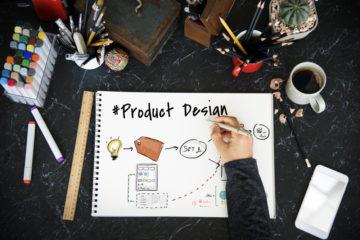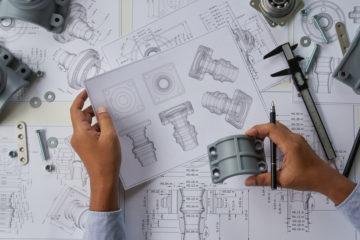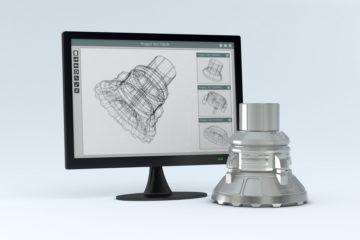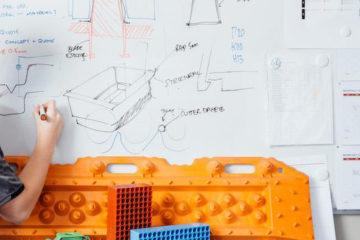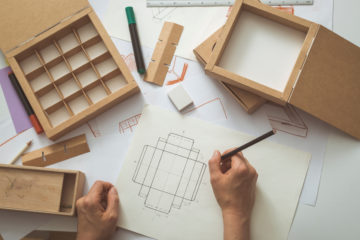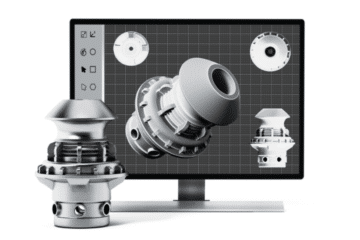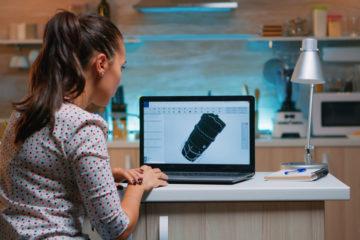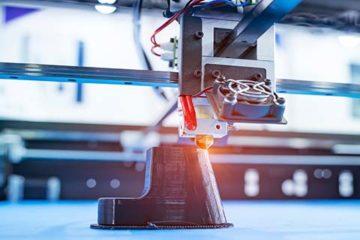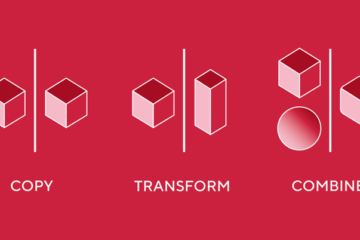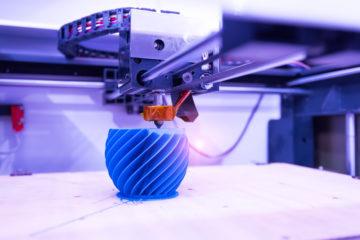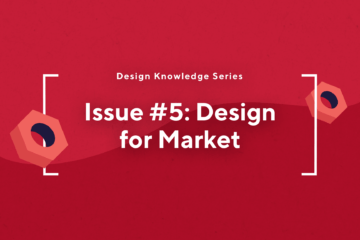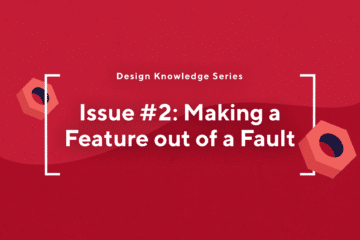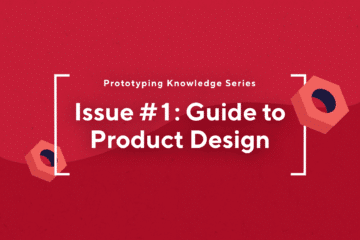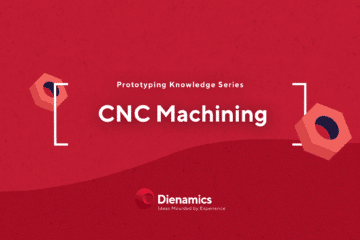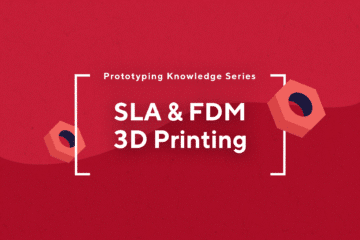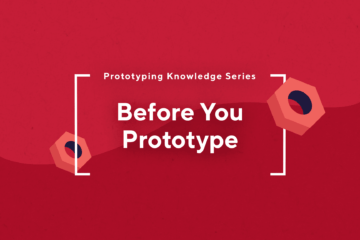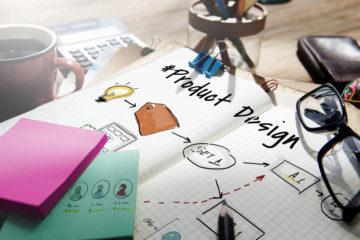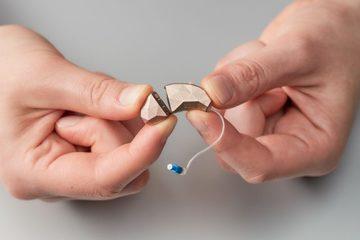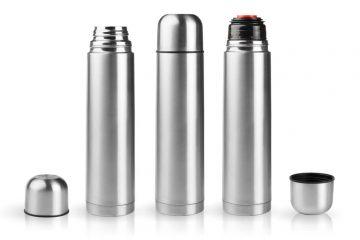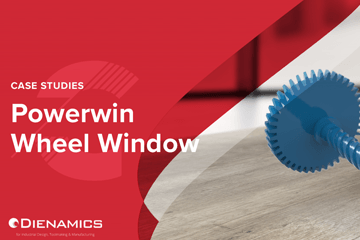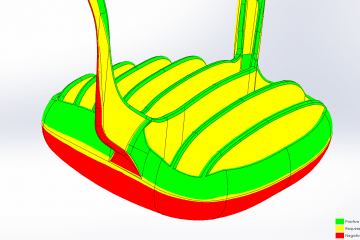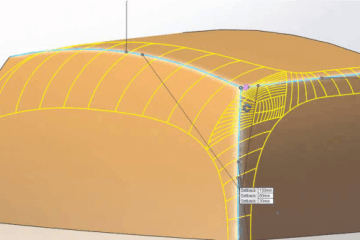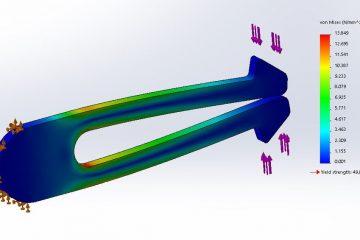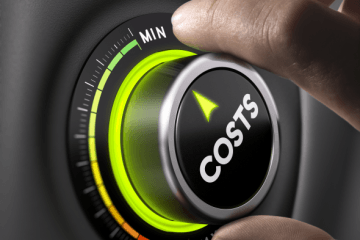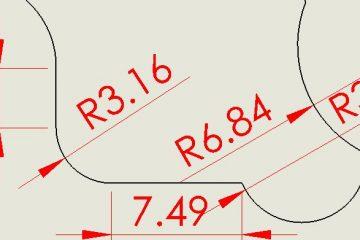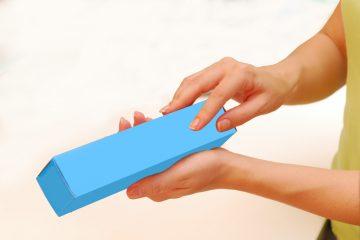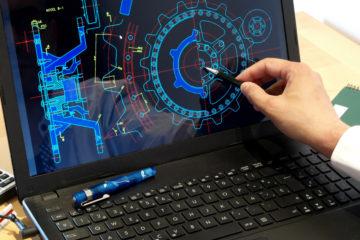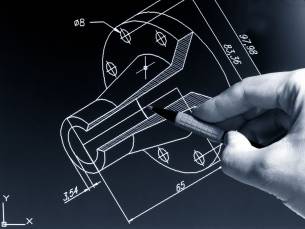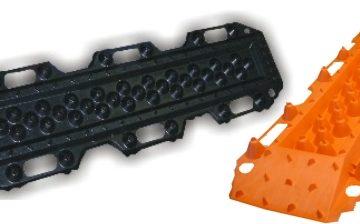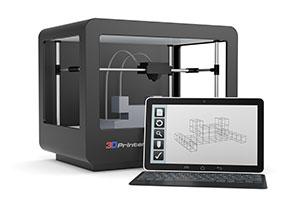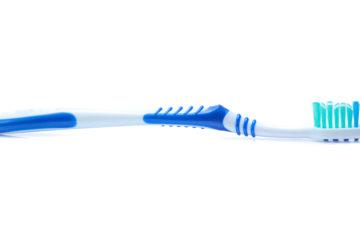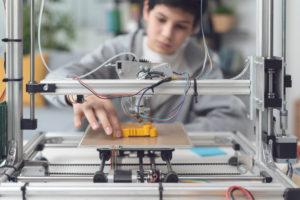
Getting a prototype can seem like an unnecessary task when you already know how you want your product to look and work. This is wrong. Getting a prototype is an opportunity to see what your product will look and feel like in real life, along with a chance to test the design and ensure that everything works how it’s intended. While it is important to see your prototype to confirm the aesthetic, it’s even more important that you use it as a chance to test the many parts and physical functions of your part.
Why get a Prototype?
In short, you prototype to approve the design. When we design your product, we use software that we call CAD (Computer Aided Design). While it’s incredibly advanced and saves a lot of time with many of its functions, that doesn’t mean it is guaranteed to work perfectly. If you wanted to have a part that screws into another part, it’s not as simple as pressing a button. The designer needs to choose many factors, like the draft, how that will affect the thread, how thick the thread should be, what will be the distance between the threads and many other factors. In most cases, if even one of these aspects is done incorrectly it will cause an undesirable result. This undesirable result wouldn’t be identifiable unless you prototyped it. With so many functions that have the same incredibly small margin of error, it’s important to always get a prototype to help confirm that everything will work when moulded, and not just on a screen.
If you get a prototype and it doesn’t work, we don’t consider that a failure. Here at Dienamics, if your prototype shows flaws and confirms changes you need to make, we consider that a successful prototype. It has done exactly what it is supposed to do. Identifying aspects of your design that don’t work, or at least not as well as you would have liked, is important to do before your tooling, as the difference could be between a $500 prototype, or a $40,000 new tool if you haven’t identified these issues before tooling. Because of this, you should ideally prototype for every design change to your product. Again, you want to identify anything that doesn’t work with your prototype, so anytime something changes, it presents a new opportunity for something to go wrong and a smart person will prototype every change to ensure it works as intended. Just to further push the point, when James Dyson was making his first vacuum cleaner he prototyped it 5127 times before he was happy with the design, so we definitely recommend prototyping at least once or twice.
As a design team, we take a great deal of pride in our work and want to see every product flourish, so we will always recommend prototyping as an important step to ensure that you have the best design you could possibly ask for. If you have any other questions about the design process, please contact us, or see our blog 8 Important Steps in the Product Design Process.
At Dienamics, we offer a range of comprehensive services in every step of the product manufacturing process. These include:
- Product design, including concept assessment and project scoping
- Prototyping and process and materials testing
- Manufacturing, injection moulding, production, assembly, and packaging
Contact us today if you have a product you’re looking to get designed & manufacture!
Subscribe to Our Newsletter
Get the latest news from Dienamics into your inbox







